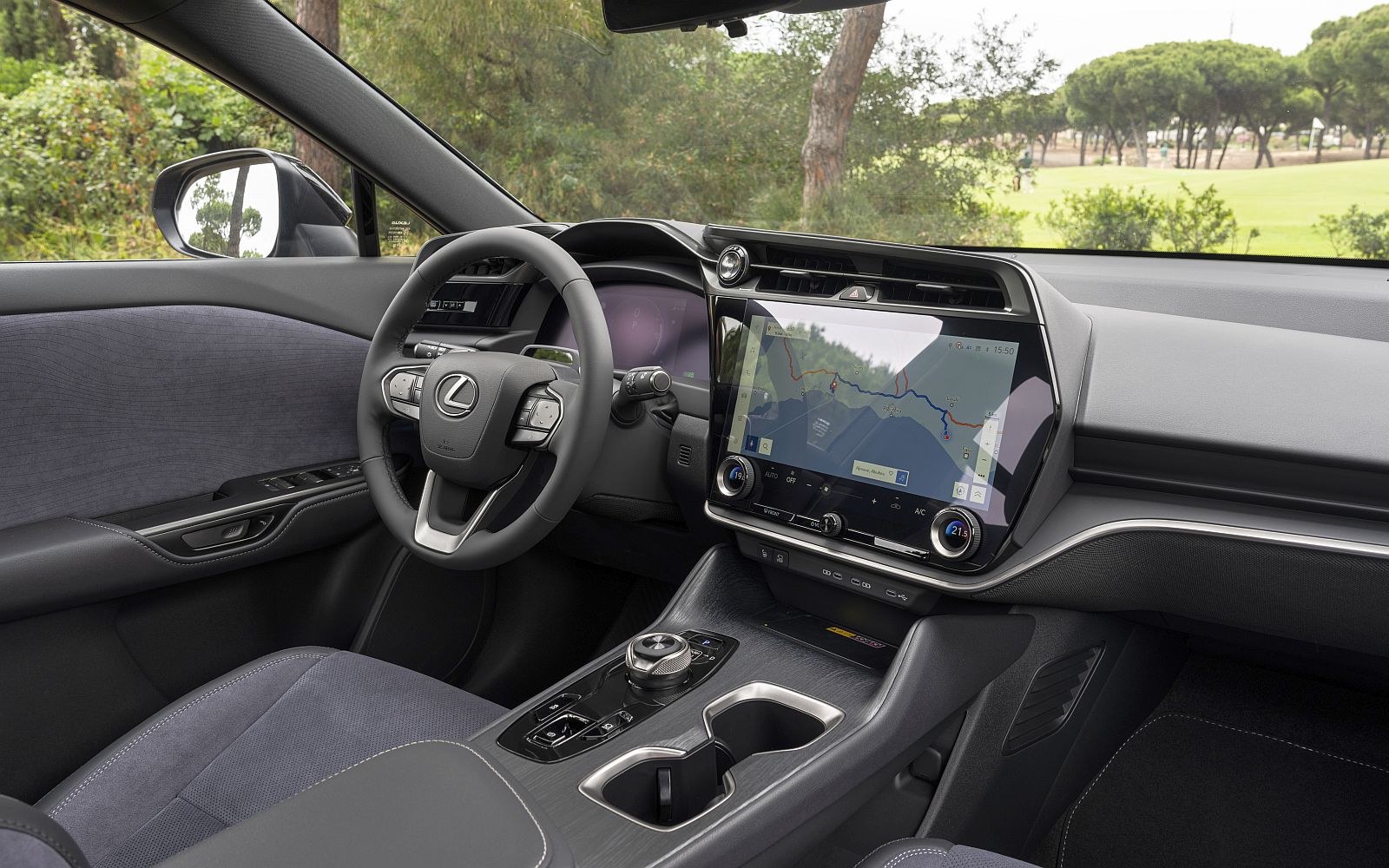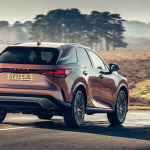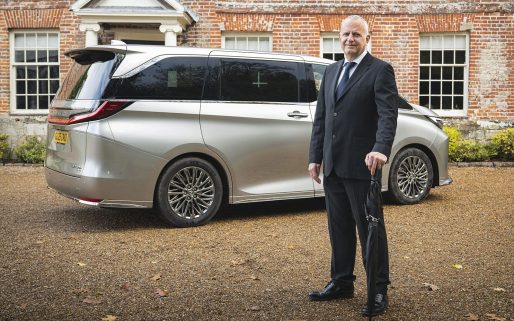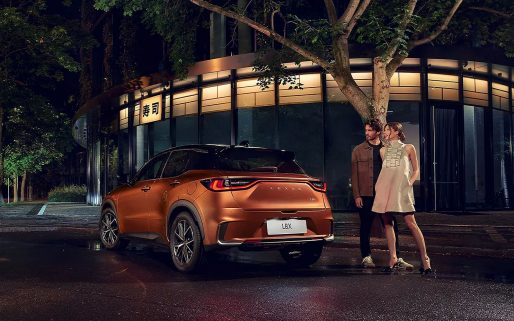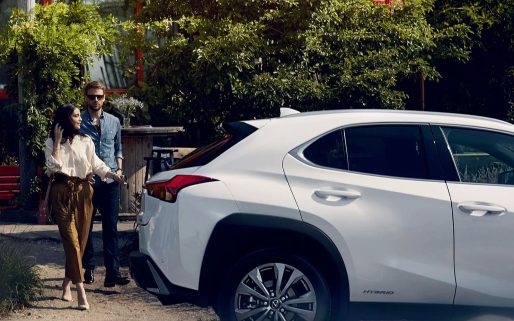Lexus has set a course to develop new technologies and vehicles that maximise the potential of electrification not just to improve energy efficiency and reduce emissions, but also to deliver a higher level of performance, dynamics and driver engagement. At its Kenshiki media forum in Brussels the company provided a progress update on Lexus Electrified, its roadmap for electrification and the journey to carbon neutrality. It also highlighted some of the innovative design and engineering that will feature in its new generation models.
Pascal Ruch, TME Vice President in charge of Lexus Europe, acknowledged that ultimately battery electric vehicles will take the lead, but that while challenges of infrastructure and electricity supply remain, Lexus will continue to develop a range of electrified technologies for hybrid electric, plug-in hybrid electric and battery electric vehicles to meet diverse customer needs and driving environments around the world.
He said: “All future development will be based on the principle of leveraging electrification to reinvent the driving experience. We want our vehicles to be truly enjoyable to drive.”
The Lexus technology advantage
Lexus was the pioneer of electrification in the luxury car market, introducing the hybrid electric RX 400h SUV in 2005. Since then, it has pushed the technology boundaries to achieve ever-better performance and efficiency, gaining unmatched experience in developing the principal electric vehicle components – including motors, batteries and power control units. At the same time, it has popularised hybrids with a growing range of models, that has amassed more than 2.3 million global sales. Today, more than 90 per cent of the new Lexus vehicles sold in Europe are hybrids. The company is leveraging this experience to ensure its new generation of electrified models deliver the highest levels of quality, performance and safety.
To help realise its ambitions, Lexus is developing a new global headquarters at Shimoyama in Japan, a car-centric, agile complex that will be home to all its development disciplines, with designers and engineers working side by side in the drawing rooms and on the test tracks.
Lexus Electrified Sport
The Electrified Sport represents Lexus’s vision for a future halo sports car with a battery electric drivetrain. It captures the company’s intention to build electrified cars with an authentic performance dimension. Its sweeping lines – establishing a new Lexus BEV identity, inspired by the speed and smoothness of aerobatics – are matched by its power. Acceleration from 0-62mph is expected in around two seconds.
Superior battery design
The batteries deployed in the latest Lexus hybrid electric and plug-in hybrid electric vehicles provide practical, all-electric EV driving capability, but are kept compact to avoid penalties of weight, cost and intrusion into the cabin and load space. The same principle is applied to battery electric models, with the smart-sized 71.4 kWh battery in the upcoming RZ 450e SUV set to have segment-leading efficiency of 16.8 kWh per 100 km (approx. 3.7 miles per kWh), giving it an EV range of up to 273 miles (WLTP combined cycle).
The all-new RX hybrid introduces a new bi-polar nickel-metal hydride battery, a technology that reduces resistance, giving higher load and unload capacity. This increases output from each cell by 70 per cent, so more power can be obtained without increasing the battery’s dimensions. Lexus is also researching the next generation of lithium-ion batteries and the potential of solid-state battery technology. The bi-polar nickel-metal hydride battery is available on the RX 350h and on the RX 500h, Lexus’s first turbocharged performance hybrid.
The quality and safety of Lexus’s new battery units are founded not only on the design and structure of the battery, but also on a monitoring system that detects any abnormal heating, all the way down to individual cell level. The use of non-conductive coolant prevents the risk of fire should a problem occur, while the battery design prevents degraded substances forming on the anode and compromising battery life. Thanks to these measures, Lexus is confidently targeting the new RZ to maintain 90 per cent of its battery capacity after 10 years of use, adding to customer peace of mind.
Lexus Driving Signature: dynamic rewards with DIRECT4 and One Motion Grip
Lexus is introducing new systems that optimise the dynamic potential of electrified powertrains. DIRECT4, featured in the new RX 500h and RZ 450e models, is a Lexus-exclusive technology that instantly balances the drive torque delivered to the front and rear axles, giving optimum traction in all driving conditions, linear acceleration and enhanced cornering and vehicle posture. As well as performance and handling it will also contribute to greater ride comfort, particularly for rear seat passengers.
One Motion Grip is a steer-by-wire system that dispenses with mechanical connection between the steering wheel and the front wheels. Set for introduction on the new RZ 450e, it will transform the driving experience, eliminating the need for hand-over-hand turns of the wheel so manoeuvres are made easier and more precise. Low-speed agility and highway stability are also improved. The system makes automatic micro-corrections when driving over uneven surfaces.
Lexus Driving Signature: an EV powertrain with manual transmission
For many drivers, the control and engagement provided by a manual transmission is an important part of an enjoyable driving experience. Lexus has investigated how a battery electric vehicle might be equipped with a manual transmission – a project that has progressed to focused development using a research prototype based on the UX 300e compact SUV, equipped with a gear lever and a clutch pedal.
Takashi Watanabe, Lexus Electrified Chief Engineer, explained: “From the outside, this vehicle is as quiet as any other BEV. But the driver is able to experience all the sensations of a manual transmission vehicle. It is a software-based system, so it can be programmed to reproduce the driving experience of different vehicle types, letting the driver choose their preferred mapping.”
With the DIRECT4 and One Motion Grip systems also being software-based, Lexus will be able to explore new opportunities for performance customisation to provide a personalised experience for each driver.
